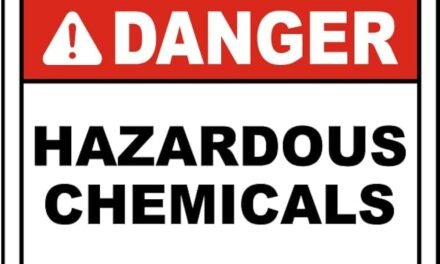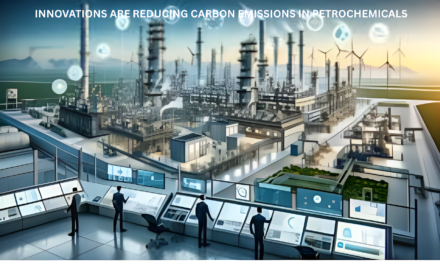1. Soil and Water Contamination
- Toxic Residues: Explosives like TNT, RDX, and ammonium perchlorate can leave toxic residues in soil and water, affecting ecosystems.
- Groundwater Pollution: Improper disposal or leaching of propellants can contaminate groundwater with hazardous chemicals.
2. Air Pollution
- Greenhouse Gases: Combustion of propellants releases CO₂ and other greenhouse gases, contributing to climate change.
- Toxic Emissions: Use of explosives can release harmful gases like nitrogen oxides (NOx), carbon monoxide (CO), and particulate matter.
3. Persistent Organic Pollutants (POPs)
- Some explosives and propellants contain chemicals that persist in the environment, bioaccumulate, and pose long-term health risks.
4. Hazardous Byproducts
- Explosive Residues: Manufacturing and detonation produce hazardous byproducts that require specialized cleanup.
- Heavy Metals: Certain formulations include heavy metals like lead or mercury, which can accumulate in the environment.
5. Ecosystem Disruption
- Blast Impact: Explosions disrupt habitats, harm wildlife, and can lead to loss of biodiversity.
- Acoustic Pollution: The noise from explosions affects animal communication and behavior.
6. Waste Management Challenges
- Disposal of unused explosives and propellants is complex, with risks of contamination or accidental detonation.
7. Human Health Risks
- Exposure to Chemicals: Workers and nearby populations may face risks from inhalation, ingestion, or contact with toxic substances.
- Secondary Effects: Contaminated water or soil can indirectly affect human health through the food chain.
8. Climate Impact
- The manufacturing and use of explosives involve energy-intensive processes, contributing to carbon emissions and climate change.

















